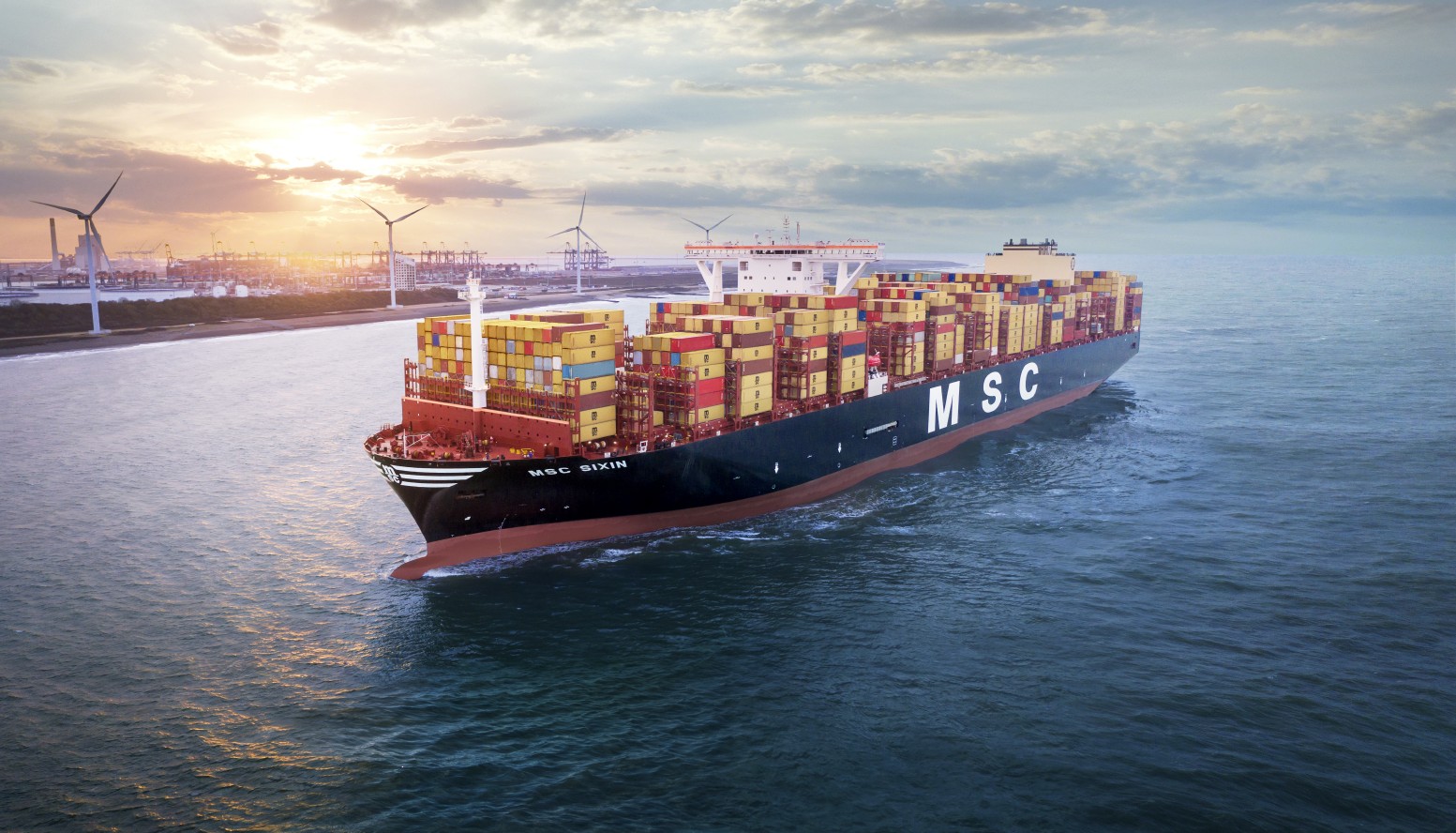



Article by: Hari Yellina
Despite the escalating cost of new container ships, liner operators and ship-owning businesses continue to place additional orders (mostly at Asian yards). In 2023–2025, there will be an increasing number of new vessels as a result. Alphaliner reports that capacity on orders has already surpassed 27.9% of on-the-water capacity. The ratio was just 8.2 percent in October 2020, the cycle low. More than 7 million twenty-foot equivalent units are now on order in total. Major capacity additions will occur over the course of the next two years, with 2.45 million TEUs in 2023 and 2.74 million TEUs in 2024—respectively 9.8 percent and 10.9 percent—of on-the-water tonnage. Tonnage for 2025 delivery is increasing along with orders. The current number is 1.13 million TEUs.
That is approximately four times what was anticipated to be delivered in 2025 at the start of this year. “Last week, 13 additional container ships were ordered, bringing the total for the year to 239.,” says Ben Nolan, a shipping analyst with Stifel. Even though the year is barely halfway through, container-ship orders are already at their fifth-highest level ever. “The fact that it takes two or more likely three years to establish supplies has long been a concern in this market, according to Alan Murphy, CEO of Sea-Intelligence. We’ve always experienced booms and busts as a result. Overshooting the market by carriers is a typical occurrence. That is included in the model. You slightly overshoot, but it eventually balances out. It also feels like we’ve overshot.”
Carriers can lessen the effects of the upcoming newbuild wave in addition to using blank sailings by letting charters expire and increasing the proportion of their fleets that they own rather than lease. Owning [assets] is obviously receiving more attention at the moment, according to Murphy. Future owned tonnage can take the place of already contracted tonnage in the case of ships that are on order and will be owned by the liners themselves. Newer and more fuel-efficient chartered tonnage can take the place of older chartered tonnage for ships that are now being ordered and will be owned by middlemen and leased to liners. Many technical advancements have been made, said Murphy. The modern ships operate considerably more efficiently.